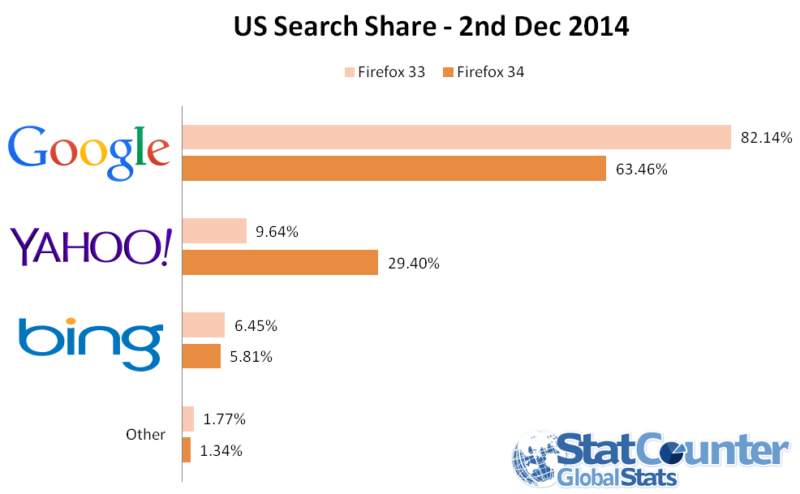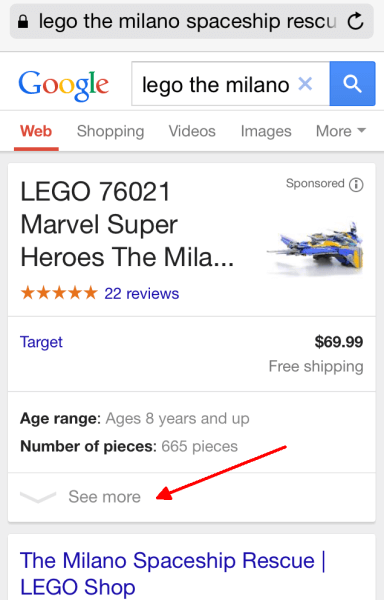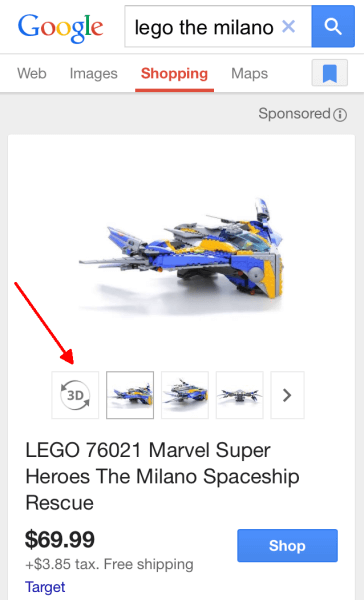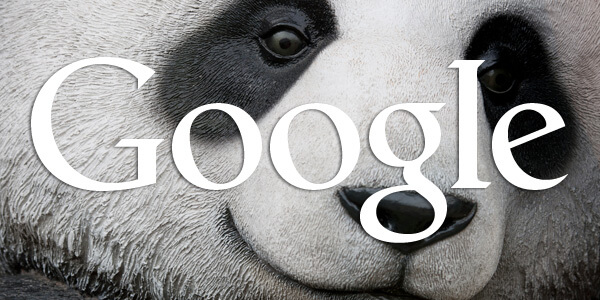After our conversation, I began to wonder about specific steps David might recommend for improving ads. Since its inception in 2009, Boost Media has written hundreds of thousands of ads for enterprise brands and agencies.
What follows is his advice — in his own words — and some guidelines Boost Media has developed for writing and testing ads that any marketer could use to see a positive impact on campaign performance.

Boost Media founder and CEO David Greenbaum
And Now To David
Last month, we discussed
ad fatigue in SEM campaigns and ways to combat it. For optimal performance, digital ads need frequent attention, much like offline ads. Ad copy should never be pushed aside as a “set it and forget it” task.
When ad copy is continually refreshed to stay relevant based on evolving needs and seasonality, conversion rates improve. This is no more true than during the holiday season.
Well over half (56%) of holiday shoppers expect to make at least some of their purchases online this year, and online sales are predicted to increase 8 to 11% over last year.
Online shoppers are big spenders — they plan to spend 16% more on holiday shopping than offline shoppers. Given that the holiday season is a make-or-break proposition for so many retailers, it’s important that online marketers use every tool in their optimization kit to increase conversions, and that includes writing better ads.
Marketers don’t have to rely on guesswork to write better ads. As discussed last month, good ads:
- Mention seasonality and product changes,
- Avoid copycat messaging,
- Address evolving consumer needs, and
- Adapt to evolving ad platforms.
But the work doesn’t stop there. From Boost Media’s analysis — of 1.3 billion SEM ad impressions from 250,000 ads across large retail AdWords desktop search accounts over the first six months of 2014 — we’ve developed these three important guidelines for writing ads that resonate with your audience and most importantly, improve conversions.
1. Maintain A Consumer Focus
There’s no doubt that the online retail space — and the search results pages for most products — are crowded. A search for something as simple as [scented candles] yields more than a dozen options for the consumer to choose from without their even scrolling down the page. How then can a retailer successfully capture a consumer’s attention?
Have you ever been in a busy, noisy restaurant and heard someone across the room say your name in conversation? Even if the person was talking about another Michael, Susan or Joaquin, your ears perked up. Quite literally, he or she successfully grabbed your attention in a crowded space.
Focusing advertising messages on [you], the consumer, has a similar effect. The proof is in the click-through rate (CTR). Ad copy centered on the consumer that includes words like [you], [your], [you’re], etc. can drive up to a 65% higher CTR. This simple focus on the customer makes an impersonal product seem personal.
There is one exception to this rule of customer-centric focus in ad copy. It’s ok to focus on the advertiser when using the term [official site]. Those two words help the advertiser build trust as well as drive up CTR by 14% and CPI by 16% in the sample set we analyzed. (CPI is conversions per impression, a metric which takes both CTR and conversion rate into account.)
In the example below, the optimized ad is more customer-focused by including the word [your], and alludes to the trustworthiness of the advertiser by mentioning [official site].
Original Ad
|
Optimized Ad
|
 |  |
While including [you] in digital ads is similar to speaking someone’s name in conversation, using [official site] is the equivalent to receiving a recommendation from a trusted friend sitting at your dinner table versus a recommendation from a stranger across the restaurant. The two together create a powerful connection of familiarity and trust.
2. Lead With Customer Benefits, Not Product Features
Most retail advertisers are passionate about what they sell and like to lead with product features in their copy. Holiday product lines are not immune, and many advertisers focus on explaining to customers why their product or brand is better than the competition’s.
Our data suggests that this is the wrong approach in most instances.
Customers do not care that your throw pillows come in 47 color options instead of the 46 offered by the competition. They want to know that your throw pillows will add style, comfort and ambiance to their living rooms. In some ways, emphasizing benefits over features is an extension of the first point: focus on the customer (and how they benefit) and not the advertiser (what they offer).
Adding on to this point, certain adjectives can make ads perform poorly.
Adjectives such as [durable], [longer], and [classic] are what we call feature-focused adjectives. These adjectives have little impact on CTR while deteriorating the conversion rate. Using [reliable], however, provides strong lifts in both CTR and CPI.
Why might such similar words contribute to different bottom-line results?
Simply put, oftentimes product features tell while benefits sell. An ad for brake pads that mentions the [titanium frame] (product feature) is likely less impactful to a consumer than an ad that mentions [safety] (benefit).
Translating a list of product features into real-world benefits requires a leap in the human brain. Using the brake pads example, users would have to connect the words [titanium frame] to the concept of safety, which they may or may not actually accomplish.
Leading with benefits instead of features eliminates an extra step in the minds of consumers as they look at search results.
Boost Media relies on a curated network of professional, human copy writers to produce top-quality creative. Humans are better than robots at determining which benefits will resonate with a given audience at a given time.
In the example below, the first ad is peppered with product features like [chemical-free] and [effective]. But what is the benefit of a chemical-free diaper? What doeseffective mean in the context of diapers? Presumably, it means not leaky.
By the time customers can think to ask these questions, they have surely moved on to a competitor’s ad.
Feature-Oriented Ad
|
Benefit-Oriented Ad
|
 |  |
3. Fulfill Consumer Needs (Not Just Wants)
Imagine you are shopping for a new pair of hiking boots to buy for your sister this Christmas. The salesperson asks: “Does she want waterproof boots for just $50 more?” Unsure, you consider both the waterproof and regular boots.
Alternatively, let’s say the salesperson begins by stating: “We live in a rainy climate. Sheneeds waterproof boots.” You are more likely to purchase the more-expensive waterproof boots because the need is established up front.
The same is true for ad copy.
Including [want] in an SEM ad improves CTR by 59% but reduces conversion rate. When a need is presented in the ad before the consumer clicks to visit the site, the conversion rate increases. This data suggests that “wants” capture attention, but “needs” close sales.
While wants generates a lot of attention, customers are looking to satisfy needs.
Conveniently, want and need have the same number of characters, making these words easy to interchange for testing. Data on these two nearly interchangeable words can influence customers at different phases in the purchase process.
Want-Based Ad
|
Need-Based Ad
|
 |  |
Conclusion
Focusing on customers instead of the brand, benefits instead of features, and needs instead of wants are essentially three roots of the same tree. Our data suggests that your brand story should focus on the customer and how they can derive benefits that fulfill their needs.
Creating optimal brand messaging during peak holiday season is no longer a guessing game. Ad creative testing data from your own SEM campaigns can cheaply and easily provide actionable data that indicates how new messaging may perform across other advertising contexts.
When you find something that works, your research will pay off with increased conversions and make your holiday season the best one yet.
And Now Back To Frederick
It’s amazing to see the huge impact word choice can have on ad performance. It reminds me of an example many years ago, when eBay was still an up-and-coming company and they were running ads with headlines such as, [Find Laptops on eBay].
Since eBay wasn’t yet a well-known brand, many consumers skipped over the ad thinking it was for another search engine. eBay had promised to help you find what you were looking for, which was why people had come to Google in the first place.
When eBay changed one word in the headline to say, [Buy Laptops on eBay], all of the sudden the message made sense to consumers and the CTR improved.
Keeping that example in mind, I’m ready to test David’s advice and hope you will too.
Thanks for reading and sharing my posts and happy Thanksgiving everyone!
Some opinions expressed in this article may be those of a guest author and not necessarily Search Engine Land. Staff authors are listed here.




























